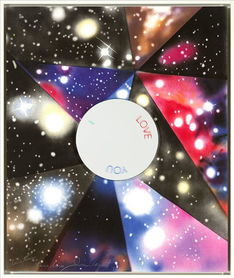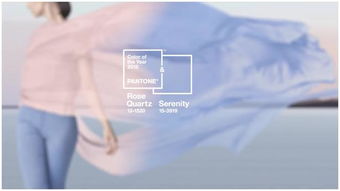Earth Tone Colors: A Comprehensive Guide
Earth tone colors, also known as natural tones, have been captivating artists and designers for centuries. These hues are inspired by the natural world around us, offering a serene and grounding presence in any setting. In this article, we will delve into the various aspects of earth tone colors, including their origins, characteristics, and applications.
Origins of Earth Tone Colors

Earth tone colors have their roots in the natural world, with each hue representing a different element or aspect of nature. For instance, greens are often associated with plants and foliage, while browns and grays are reminiscent of soil and rocks. These colors have been used in art and design for centuries, as they provide a sense of harmony and connection to the environment.
Characteristics of Earth Tone Colors

One of the defining characteristics of earth tone colors is their muted and subdued nature. Unlike bright, vibrant colors, earth tones are soft and understated, making them ideal for creating a calming and relaxing atmosphere. Additionally, these hues are highly versatile, as they can be used in various shades and tones to achieve different effects.
Another notable feature of earth tone colors is their ability to blend seamlessly with other hues. This makes them perfect for creating a cohesive and balanced color scheme in any space. Whether you’re designing a room, creating a piece of art, or working on a fashion project, earth tone colors can help you achieve a harmonious and aesthetically pleasing outcome.
Applications of Earth Tone Colors

Earth tone colors have a wide range of applications across various fields. Here are some examples:
| Field | Application |
|---|---|
| Interior Design | Used in wall paint, flooring, and furniture to create a serene and grounding atmosphere. |
| Art | Employed in paintings, sculptures, and mixed media to evoke a sense of nature and tranquility. |
| Fashion | Featured in clothing, accessories, and footwear to provide a natural and timeless look. |
| Graphic Design | Utilized in logos, branding, and advertising to convey a sense of reliability and trustworthiness. |
Moreover, earth tone colors are often used in therapy and wellness settings to promote relaxation and reduce stress. Their calming nature makes them an excellent choice for creating a peaceful and rejuvenating environment.
Choosing the Right Earth Tone Colors
Selecting the perfect earth tone colors for your project can be a delightful challenge. Here are some tips to help you make the right choice:
-
Consider the mood you want to create. Darker earth tones, such as deep greens and browns, can evoke a sense of strength and stability, while lighter shades, like soft greens and taupes, offer a more serene and calming atmosphere.
-
Think about the space you’re working with. For smaller rooms, lighter earth tones can make the space feel more open and airy, while darker hues can add depth and warmth to larger areas.
-
Experiment with different combinations. Mix and match various earth tones to find the perfect harmony for your project.
Conclusion
Earth tone colors are a timeless and versatile choice for anyone looking to create a harmonious and natural aesthetic. By understanding their origins, characteristics, and applications, you can confidently incorporate these hues into your projects and enjoy the beauty and tranquility they bring.



